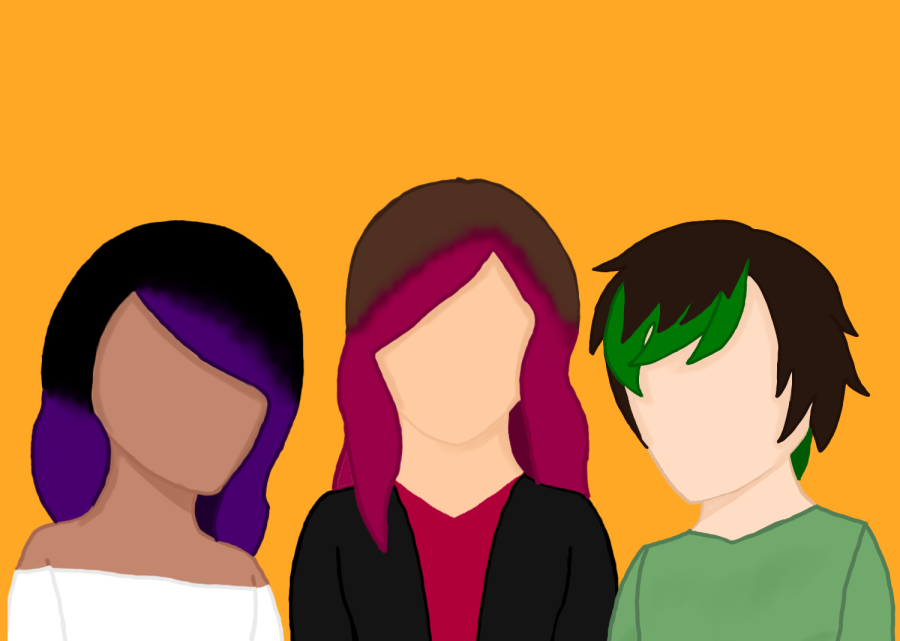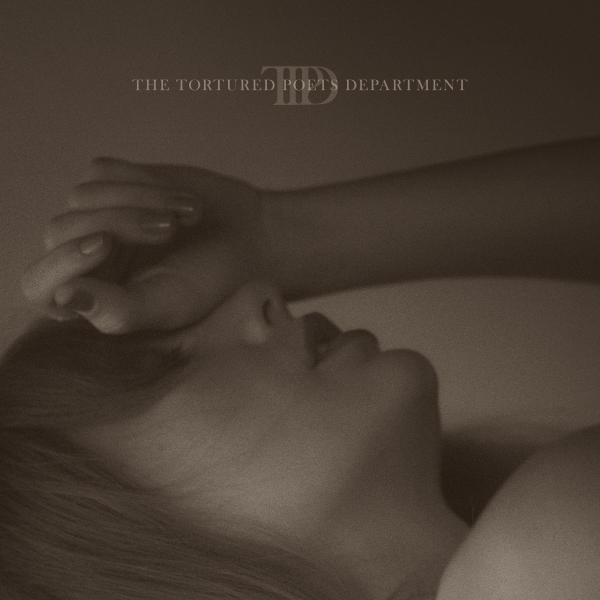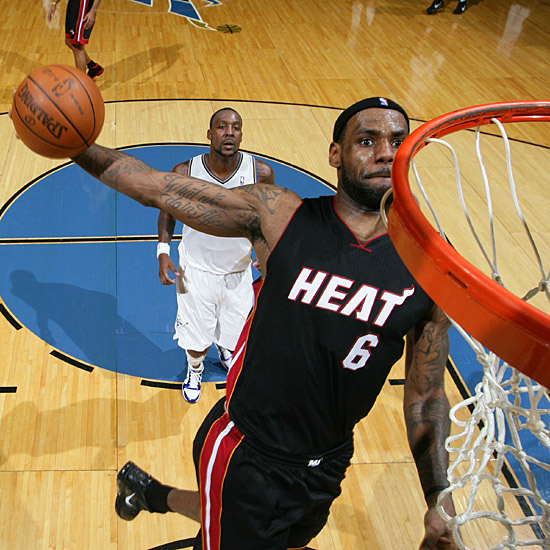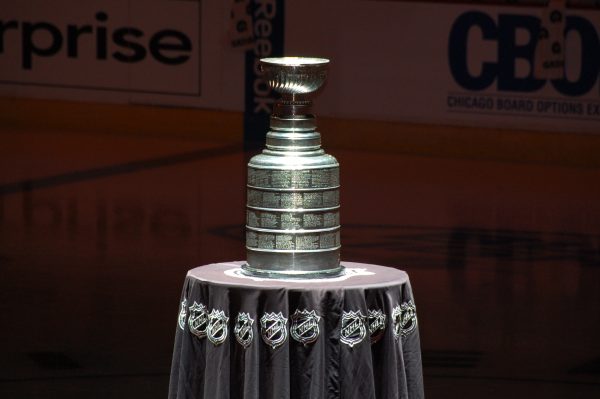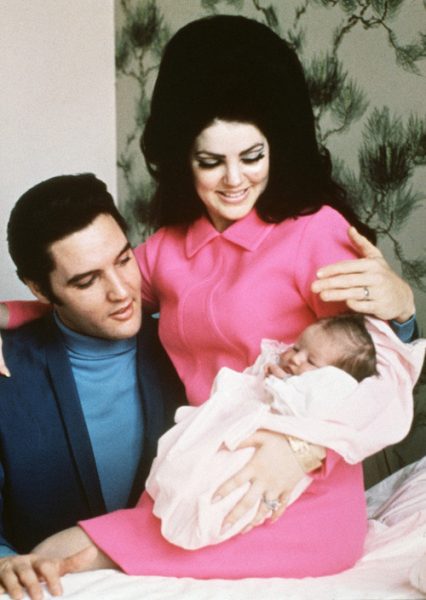The Ups and Downs to Colored Hair
Hair dying is a common thing for people to do if they want to change their look, but it comes with a small price.
We have all thought about dying our hair at least once in our lives. While it is a great way to express yourself, is it really worth it? When people think of coloring their hair they mostly think about how the bleaching process will damage their hair, but they do not think about how the dye itself will affect their hair.
Let’s start off with the main thing people worry about when it comes to the hair dying process. According to Empire Beauty School, “The peroxide used for the bleaching process is extremely drying to hair and is the reason why colored hair can take on a straw-like texture. The bleaching process oxidizes the color molecules. The melanin is still present, but the oxidized molecules are colorless.” This also causes the keratin, a natural protein in hair, to show its natural color. This is what causes the hair to have a yellow-like tint immediately after bleaching, before putting in the lightener or toner.
While bleaching is the most damaging process in hair dying, the type of hair dye you use can also affect your hair in a negative way, especially if you choose to go for the box dye instead of salon dye.
If you use semi-permanent hair dye, it is the least damaging, especially because most of the time you can use it without needing to go through the bleaching process. Also, when using semi-permanent dye, it leaves acidic dyes onto the outside of the hair shaft, and small pigment molecules absorb into the hair shaft while using either a small amount of peroxide or almost none at all. Semi-permanent dyes do not change the natural color of the hair, because unlike permanent dyes, they do not contain a chemical called ammonia, which opens up the hair shaft during the process.
Meanwhile, with permanent dyes, most of the time it is a two-step process which includes bleaching and applying the colored dye. After the bleaching process, and the color of the hair is removed, the new colored dye is applied to the open hair shafts. It is also required to use conditioner, if not already present in the dye, after coloring because it is used to close the cuticle to seal and protect the new color in the hair.
However, the damage to your hair can be treated by lowering the heat on styling tools, getting regularly scheduled haircuts to help with the damaged split ends that appear, and using the right recommended hair treatments. Along with the relief that you can treat the damage caused to your hair, it almost always ends up being worth it when you see the benefits that come along with dying your hair.
With hair dye comes several benefits. For example, people with limp or thinning hair can build some body and volume by plumping up the hair shaft and can make it temporarily thicker. It can also create an illusion of having thicker or more hair than you actually have. It can also add strength to the hair by creating a coating on the hair strands, which can help protect against environmental hazards.
People mainly dye their hair to create a new self-image and to add shine and dimension. It can help add a rich glow and depth to your hair as well make it more vibrant and interesting if you choose more vibrant colors than normal hair colors. It can also help with people who want to change their look to match their personality and express themselves, as well as compliment their features like skin tone or face shape.
While hair dye will inevitably damage your hair one way or another, it can always be fixed or taken care of before it gets too bad, but it is always worth giving a try to help express yourself to the world around you, as long as you choose to go to a professional instead of getting a box of hair dye and doing it yourself.

Rhonda Corona is both a section editor and a graphic designer for the Pony Express. She is in her fourth year of Journalism and she mainly writes about...

